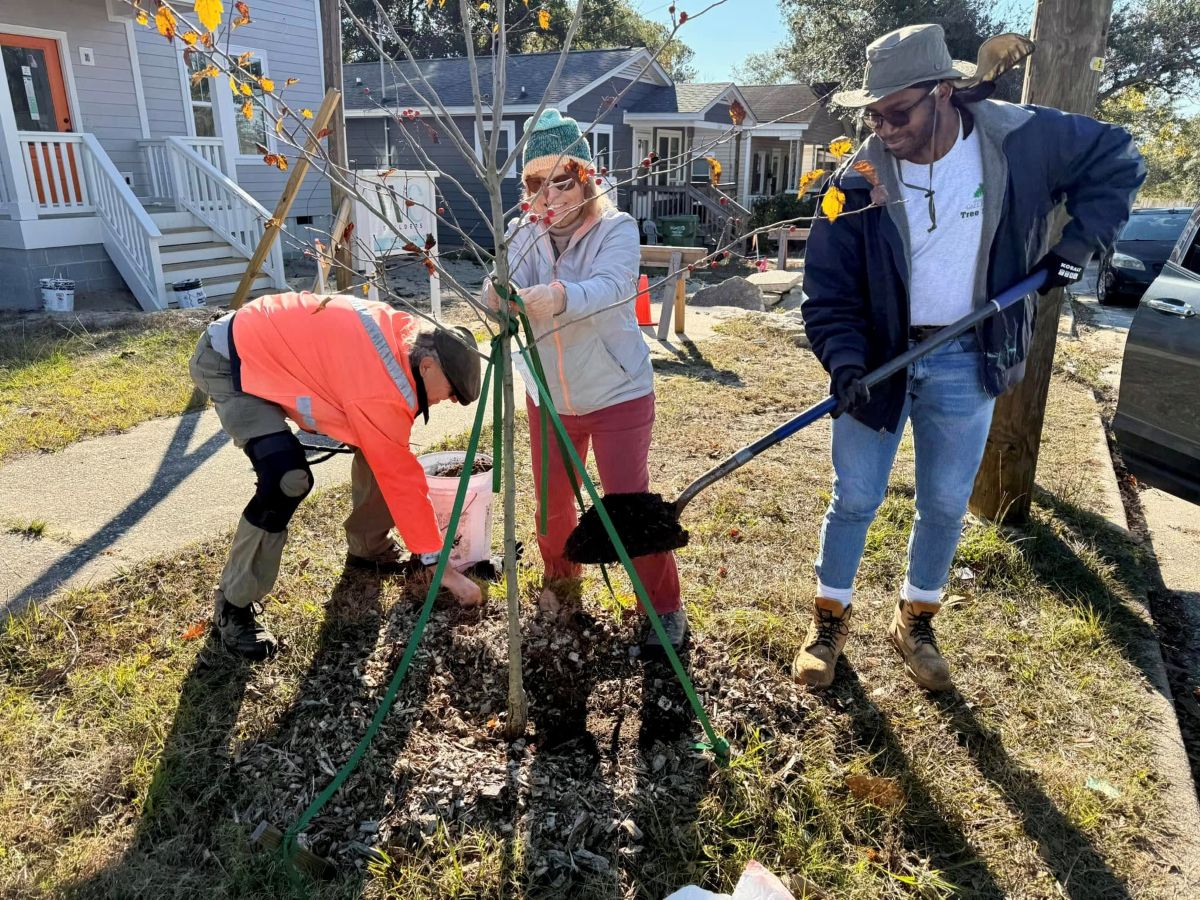
Although the track and destination of Hurricane Isaias were in flux Friday as forecast models differed, “now is the time for North Carolinians to prepare,” Gov. Roy Cooper said during an afternoon media briefing.
Supporter Spotlight
Cooper said that hurricane preparations would be more complicated this year because of the COVID-19 pandemic. “Families and businesses need to keep that in mind as they get ready,” he said.
“Based on its current speed and path, the hurricane could reach our coast as early as Monday, making its greatest impact Monday night and maybe even into Tuesday. Already, there’s a threat of dangerous rip currents at our coast, and the danger of tropical storm force winds is increasing,” Cooper said.
At 5 p.m. Friday, the storm was at 22.6 degrees north and 75.7 degrees west, about 195 miles south-southeast of Nassau, Bahamas. Maximum sustained winds were 75 mph and Isaias was moving northwest at around 15 mph.
The governor signed an executive order Friday declaring a state of emergency to issue transportation waivers to allow trucks and supplies to move to where help is needed. This is a different kind of state of emergency than what was put in place for COVID-19. The state Emergency Operations Center, which has been activated for 144 days for COVID-19, has activated for the storm.
“We’re going to make sure that we get visitors out of the Outer Banks,” Cooper said, adding that officials were letting the local governments make decisions about evacuations with emergency management.
Supporter Spotlight
Hyde County ordered a mandatory visitor evacuation of Ocracoke effective at noon Friday. A mandatory resident and nonresident property owner evacuation of Ocracoke will be effective at 6 a.m. Saturday, the county announced Friday. An additional ferry departure from Ocracoke to Swan Quarter will be at 8 p.m. Friday to help visitors evacuate.
For the first two options for evacuation, Cooper said, “We’re urging anyone who has to evacuate to try and stay with family and friends. And if that doesn’t work, staying at a hotel, if you can afford it.”
The state is to coordinate shelters for those who need to evacuate and can’t find other arrangements.
“The reason we’re asking people to make shelters their last resort is because social distancing and precautions that go along with a shelter in a pandemic. Because of our ongoing battle with COVID-19, people needing a shelter will be screened for symptoms and given personal protective equipment like masks at the shelter,” Cooper said.
If someone has symptoms of COVID-19, the state has different sheltering options to keep people safe from the storm while at the same time trying to avoid making the pandemic worse. One of the precautions is that people are screened at a reception center or a screening center, where their temperature will be taken, and if they have symptoms, then they’re going to be set somewhere to be isolated, depending on their condition it could be a hotel, it could be a medical facility, Cooper said.
“A hurricane during a pandemic is double trouble,” Cooper said. “But the state has been carefully preparing for this scenario, so that we can do our best to keep people safe from the weather as well as the virus.”
Director of Emergency Management Mike Sprayberry said at this time, there are no shelters activated.
At 8 a.m. Friday, the State Emergency Operations Center activated for both Hurricane Isaias, and the ongoing COVID-19 response and includes partners such as the State Highway Patrol, North Carolina National Guard and other partners from state agencies like the state Department of Transportation.
“We are coordinating closely with our counties, especially those near the coast as they make preparations and finalize any decisions about evacuations, sheltering and other preparations that will be needed,” Sprayberry said, adding that swiftwater rescue teams and other response assets are working to be ready, and that they have the personal protective equipment needed to operate in the COVID-19 environment.
“Many of our county partners are planning to make earlier decisions on evacuations to give more time to execute these evacuation plans during the COVID-19 pandemic,” he said. “As always, you should follow your county government website and social media channels for instructions involving evacuation and reentry.”
Sprayberry reminded residents to include face coverings, hand sanitizer and cleaning products in their emergency kit to help keep your family healthy. Visit readync.org for a complete list of items to include in your emergency kit.
He said that COVID-19 pandemic has caused changes in the why they look at evacuations and sheltering.
If told by local officials to evacuate, do as requested traveling the shortest distance possible.
“Get out of the impacted areas. Due to the pandemic, try to stay with family friends or a hotel to minimize contact with others. If this isn’t possible, go to a shelter,” Sprayberry said. “If you live at a safe place inland, please do your part, and offer to let family or friends evacuated to your home.”
Both noncongregate and congregate shelters will be open for those who require sheltering support.
“Local governments and the American Red Cross are working to implement health screening social distancing and cleaning protocols in shelters, to prevent the spread of the virus,” he said.
He reminded residents in the 20 coastal counties to consult knowyourzone.nc.gov to learn their evacuation zone.
“By following these steps, we can all stay safe during Hurricane Isaias, and the rest of the hurricane season,” Sprayberry said.
Col. Glenn McNeil, commander of the North Carolina State Highway Patrol, advised those along the coastline to stay informed on the storm and visit readync.org and map an evacuation route at drivenc.gov.







